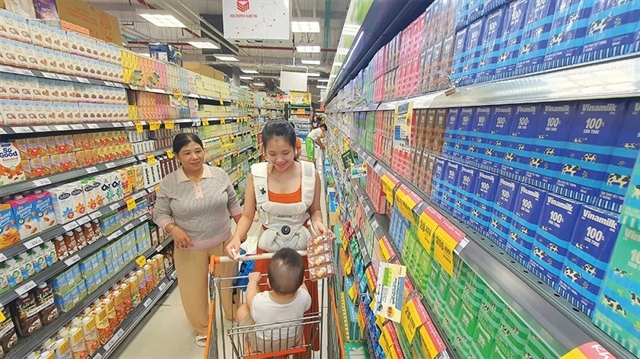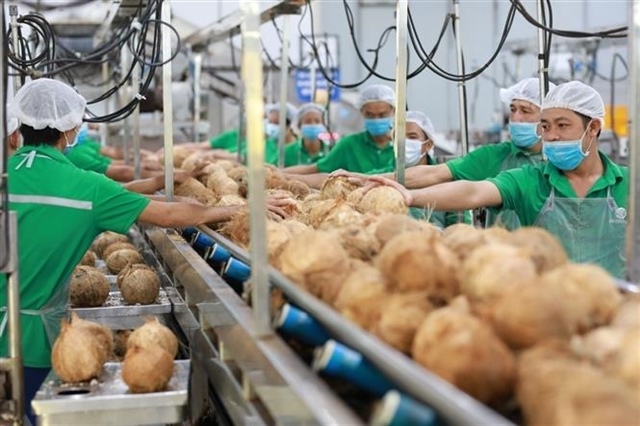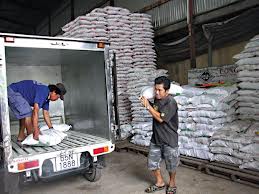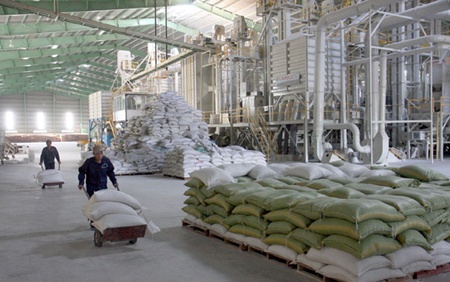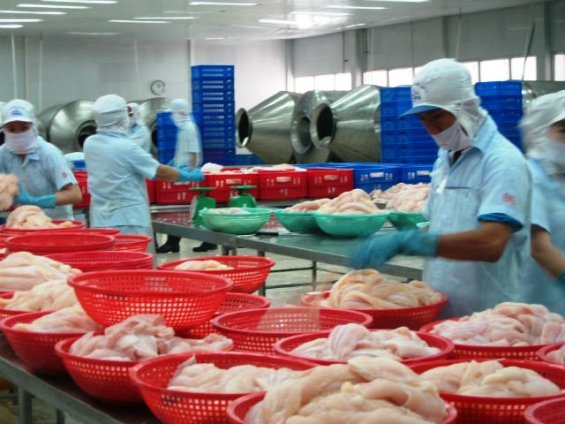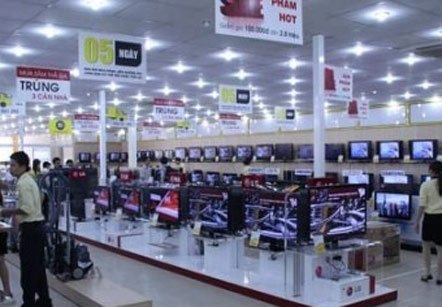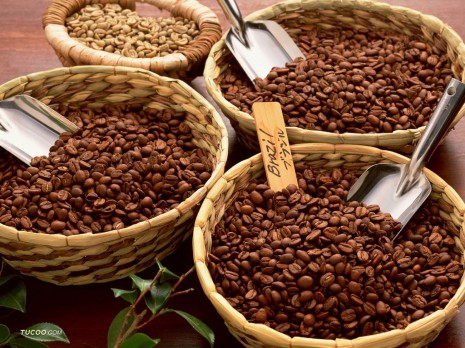Vinafruit eyes $1.2b in exports
Vinafruit eyes $1.2b in exports
Earnings from fruit and vegetable exports grew 32.2 per cent to hit US$215 million in the first quarter of this year and are expected to hit a record high of $1.2 billion by the year's end.
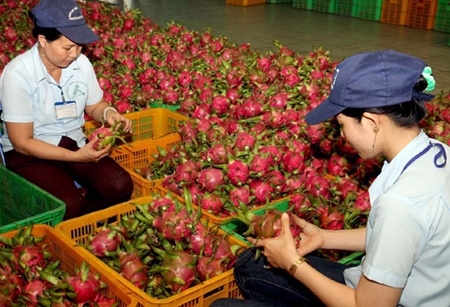
Reports from the Viet Nam Fruit and Vegetables Association (Vinafruit) said key export products included dragon fruit, banana, mango, longans, lytchee, star apples, rambutan and grapefruit, reports The Voice of Vietnam (VOV) station.
According to the report, most fruit and vegetable exporters are optimistic that 2014 will bring promising sales, with already a dramatic surge in orders from traditional markets, such as Russia, Japan, Ukraine and Belarus.
Average earnings from fruit and vegetable exports have grown more than 30 per cent annually over the past four years, from $460 million in 2010 to $1.04 billion in 2013.
The top five importers of Vietnamese produce are China, Japan, the US, Thailand and Malaysia. China is Viet Nam's largest fruit and vegetable consumer, accounting for nearly 35 per cent of total exports. Last year, China purchased around $302 million worth of Vietnamese fruit and vegetables, up 38.77 per cent, with analysts forecasting this growth will continue in 2014.
Dragon fruit exports were a surprise performer with exports booming across markets in 2013, a trend that is predicted to carry over into 2014. Viet Nam exported 1,300 tonnes of dragon fruit to the US, more than 1,000 tonnes to Japan, and 300 tonnes to South Korea.
Since late March, dragon fruit exports have also gathered steam in New Zealand, South Korea and Taiwan.
Another surprise trend has been increases by China, Singapore, and South Korea in imports of Vietnamese bananas. China is poised to purchase between 20-30 tonnes of bananas, while Japanese consume between 15-20 tonnes per day.
Though prices of bananas traded at farms have doubled, the products are in short supply.
Le Si Cong, director of Laba Da Lat Company that grows the Laba banana variety, says his company has failed to meet Japanese demand which has been somewhere between 10-20 tonnes per day since late 2013.
Besides Japan, the UK, Russia and Ukraine have also expressed a keen interest in Laba bananas.
The country currently produces around 1.4 million tonnes of bananas each year with cultivation zones representing around 19 per cent of fruit farm acreage.
While bananas are becoming on Vietnam's most promising exports, analysts are cautious about market volatility and a lack of coordination in the supply chain. The sector also suffers from a lack of consistency and weak economies of scale due to the large number of small growers spread out over vast areas, which pushes up purchasing and transport costs.
With competition for specialty fruit exports remaining weak, produce varies in quality and are often returned due to bacterial infections or pesticide contaminations. Japan is a particularly discerning market. For example, batches of fruit or vegetable exports from Viet Nam are rejected if they contain traces of insects.
Authorities have since identified areas where Vietnam can improve export prospects for farmers. One area is Viet Nam's storage and refrigeration technology which fails to meet international standards and results in only a minority of Vietnamese products being licensed for the Japanese market. Experts have also said the country needs to invest in better technologies for processing and post-harvest preservation.
Cleaner production methods, such as VietGAP and GlobalGAP, also need to be applied universally by industry stakeholders, alongside more efforts to improve the co-ordination of exports. Analysts also say Vietnam needs to hedge it's over dependence on volatile Chinese demand by diversifying into new markets.
Nguyen Van Bo, director of the Vietnam Academy of Agriculture Sciences (VAAS), says Viet Nam has significant potential to increase fruit and vegetable exports, with export volume accounting for only 10 per cent of total production and 0.1 per cent of total global trade.
vietnamnews




